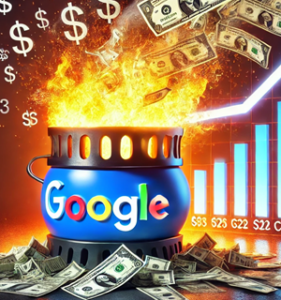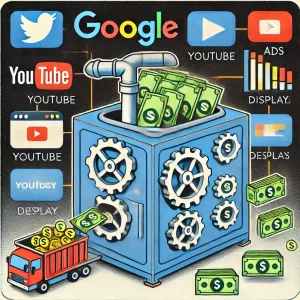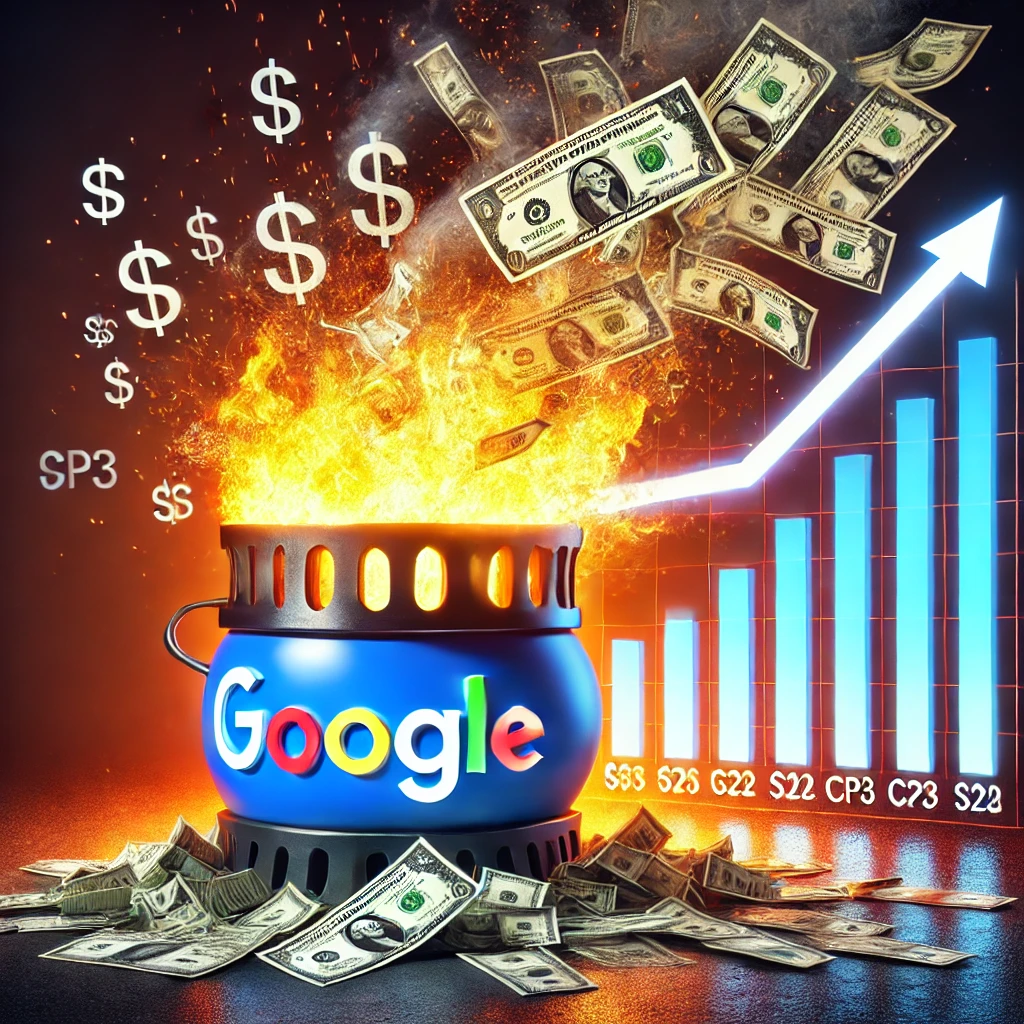 Years ago, Google Ads were a powerful and cost-effective tool for businesses to grow. Google representatives were experts, guiding advertisers with actionable insights and real strategies to maximize ROI. But today, those knowledgeable ad reps have been replaced by salespeople who often lack the hands-on experience needed to run successful campaigns. Their priority isn’t your success; it’s pushing features that inflate ad spend. This change reflects Google’s broader shift from advertiser support to revenue maximization, often at the expense of those footing the bill.
Years ago, Google Ads were a powerful and cost-effective tool for businesses to grow. Google representatives were experts, guiding advertisers with actionable insights and real strategies to maximize ROI. But today, those knowledgeable ad reps have been replaced by salespeople who often lack the hands-on experience needed to run successful campaigns. Their priority isn’t your success; it’s pushing features that inflate ad spend. This change reflects Google’s broader shift from advertiser support to revenue maximization, often at the expense of those footing the bill.
If you’re still putting blind trust in Google’s automation and their so-called “smart” campaigns, you’re likely burning cash faster than ever. Let’s explore why Performance Max (PMax) and Smart Campaigns often lead to wasted budgets and diminishing returns.
The Problem with Automation
Google pitches PMax as a one-stop-shop for ads. It promises to optimize your campaigns across all Google inventory—YouTube, Display, Search, and more—using AI and machine learning. While this sounds appealing, it’s a black box. Advertisers have little visibility into where their money is going or how their ads are performing. Worse, these campaigns often prioritize Google’s low-quality inventory, ensuring that every last penny of your budget gets spent, regardless of the return on investment.
Rising Costs and Silent Price Increases
Over the past five years, the cost of running Google Ads has skyrocketed. Retail search costs-per-click (CPCs) have increased by 40-50%, with another 20% jump just in the past year. While competition plays a role, whistleblowers have revealed that Google manipulates “floor prices” to inflate costs artificially. Even if you’re the only advertiser bidding on a specific keyword, Google sets a minimum bid, forcing you to pay more than necessary. This isn’t a bidding system—it’s a rigged game.
Poor Ad Inventory = Poor Results
When you run PMax campaigns, Google spreads your budget across its entire ad network, including low-performing placements. Instead of showing your ads to high-intent users, your budget gets wasted on obscure display sites or irrelevant YouTube videos. This lack of transparency makes it impossible to identify which channels are delivering value, leaving advertisers frustrated and in the dark.

The Decline of Organic Results
Google’s search results have also shifted dramatically. Sponsored results now dominate the page, often disguised to look like organic links. Product searches are flooded with Google Shopping ads, prioritizing companies willing to pay the most, rather than surfacing the best or most relevant products. Meanwhile, organic results are cluttered with affiliate marketing articles that rarely answer your questions. This design forces users to click more—and spend more—to get the answers they need.
Inflation and the Consumer Impact
With ad costs rising and ROI shrinking, businesses are left with two options: cut spending or raise prices. For many, the latter is the only viable choice, passing the increased advertising costs to consumers. This cycle contributes to inflation and makes it even harder for small businesses to compete.
Why Google’s Model is Unsustainable
As AI tools like ChatGPT provide direct, reliable answers to user queries, the relevance of Google’s search engine is being challenged. If Google continues to prioritize revenue over user experience, they risk losing both advertisers and users. The current model, reliant on squeezing sellers and inflating ad costs, isn’t built to last.
What Can You Do?
- Avoid Smart Campaigns and PMax: These campaigns prioritize Google’s bottom line, not yours. Stick to manual campaigns where you can control keyword targeting and ad placements.
- Audit Your Campaigns Regularly: Review performance data to identify wasteful spending and reallocate budgets to high-performing channels.
- Leverage First-Party Data: Use your customer data to build remarketing lists and lookalike audiences, reducing reliance on Google’s automation.
- Diversify Your Ad Strategy: Explore alternative platforms like Facebook, TikTok, and LinkedIn, where targeting and transparency are often superior.
- Invest in Organic Growth: Focus on SEO, content marketing, and email campaigns to reduce dependence on paid ads altogether.
�

